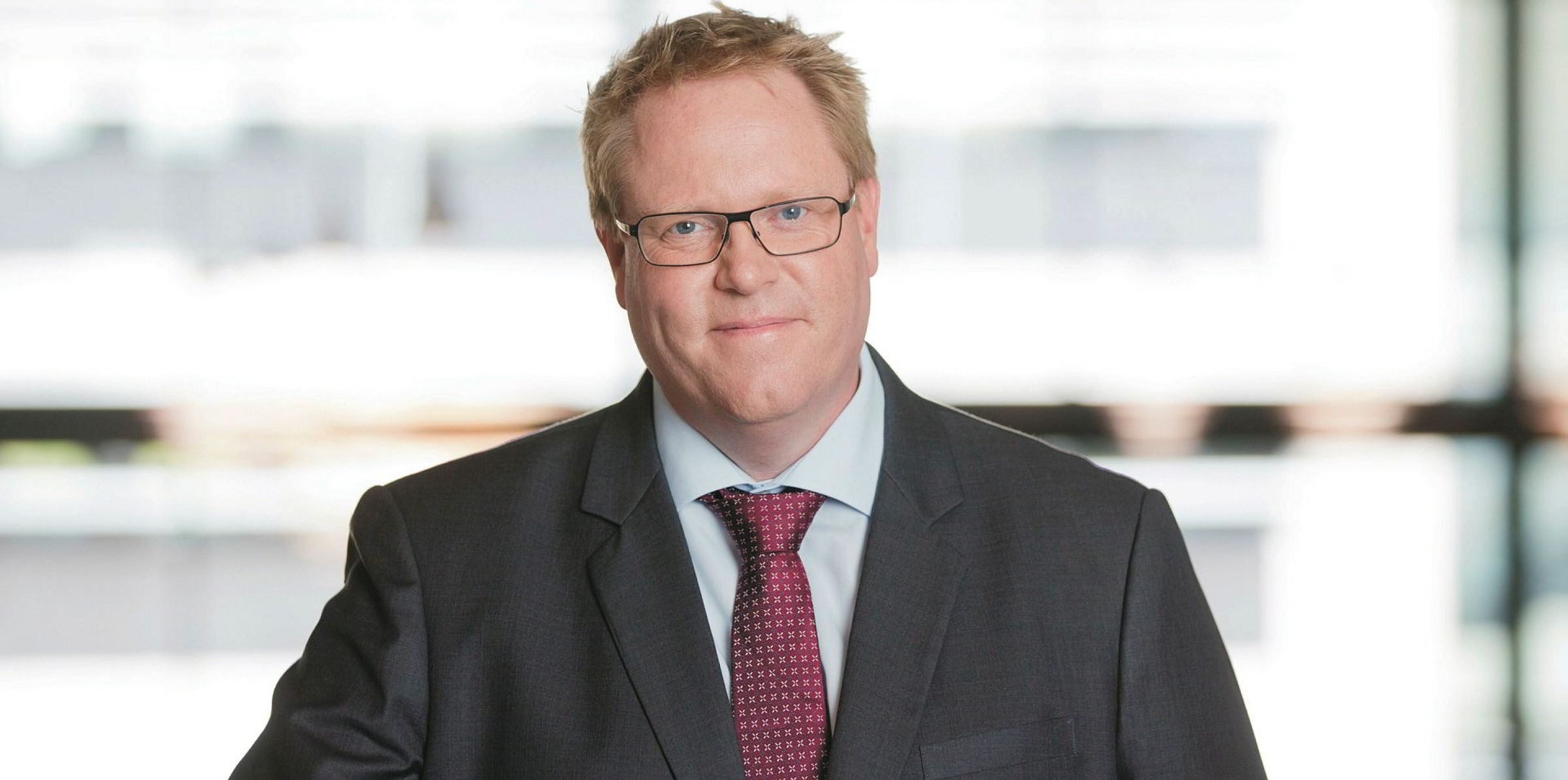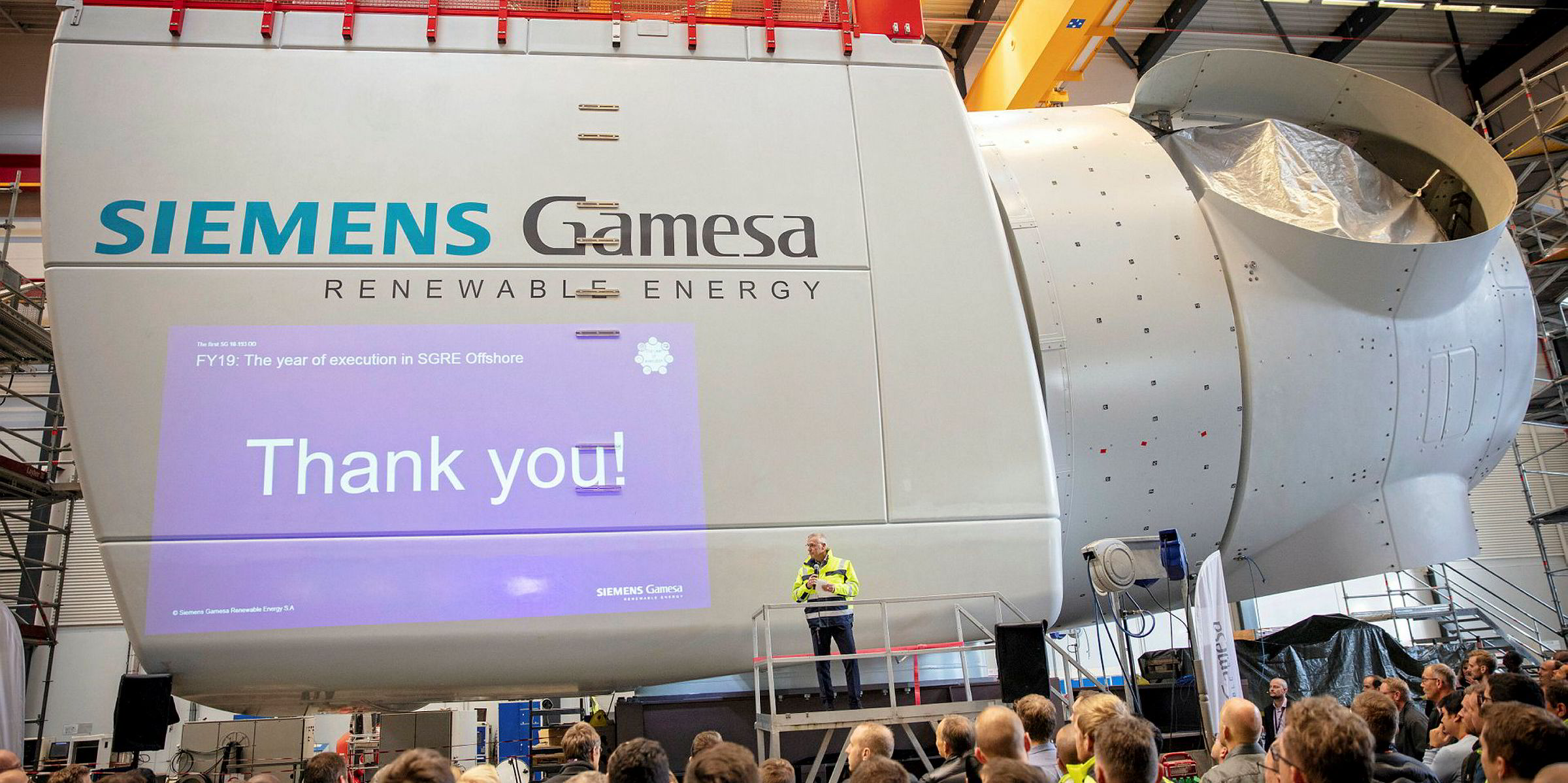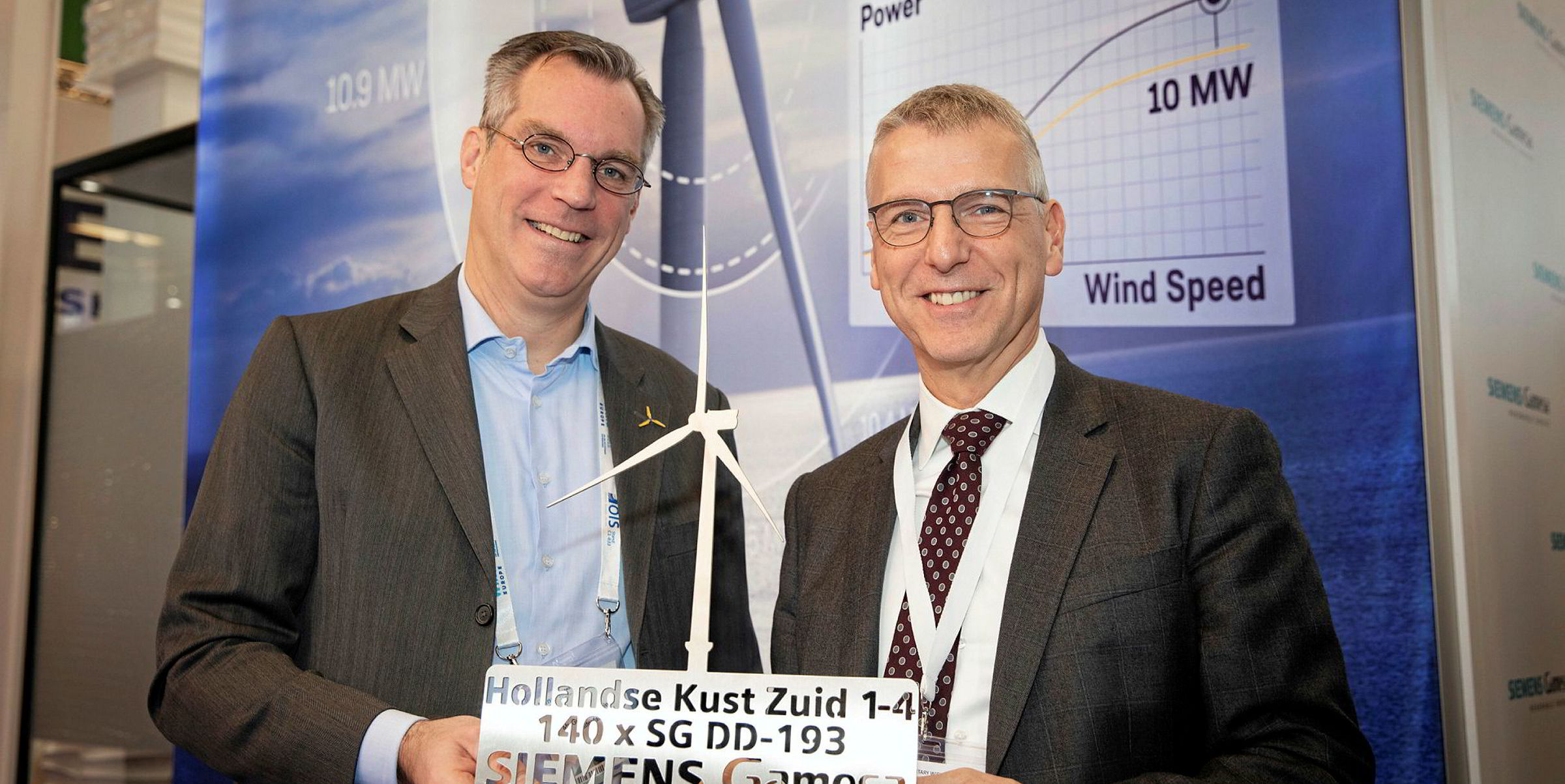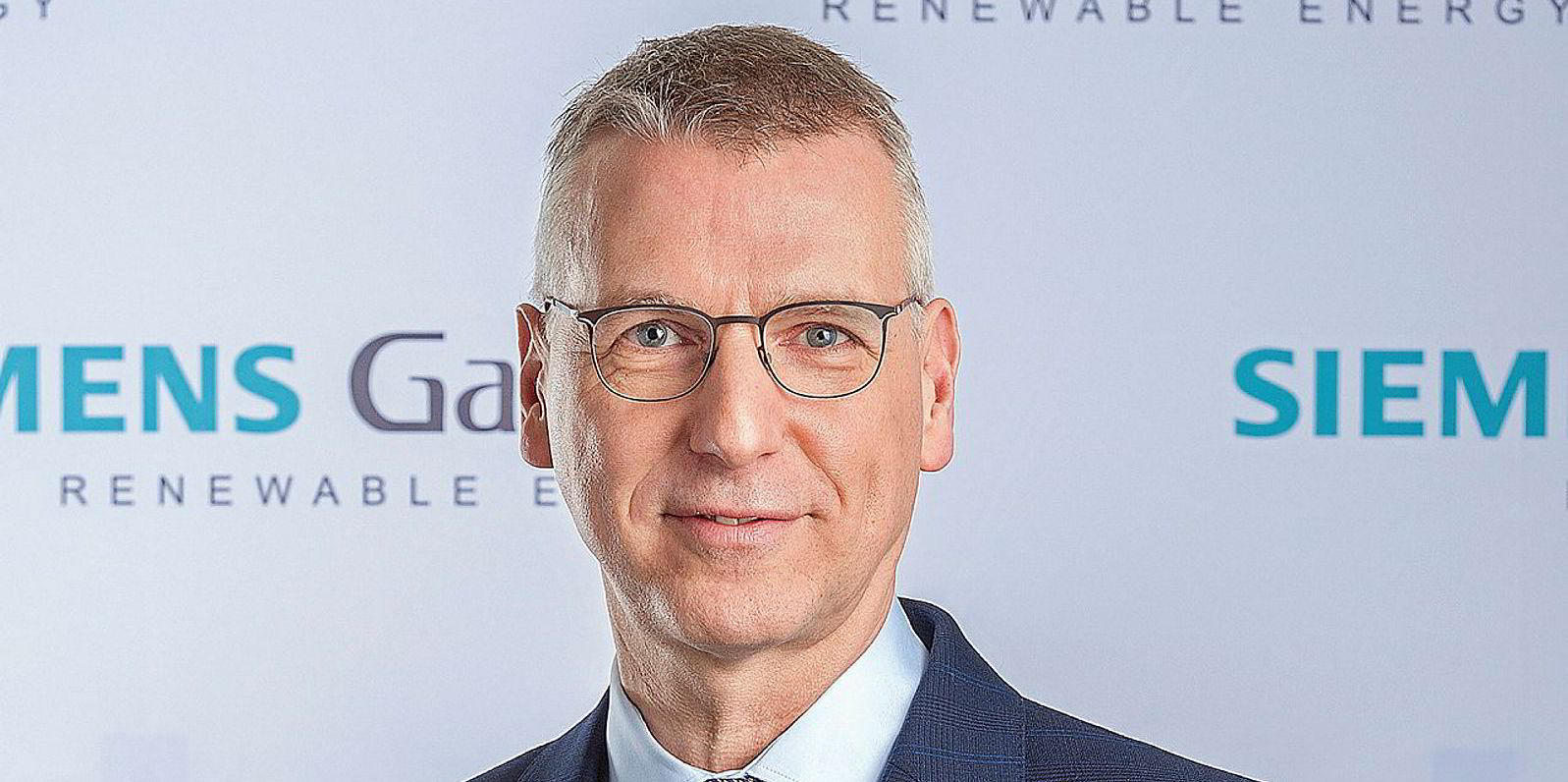Siemens Gamesa Renewable Energy (SGRE) has unveiled a digitally souped-up version of its recently launched 10MW SG10.0-193DD turbine, a 11MW model that uses the OEM’s ‘DD Flex’ technology suite to squeeze another 6-7% annual energy production out of the ultra-large nameplate machine.
The higher-rate 11MW SG11.0-193 DD Flex unit, upscaled based on ‘digital twin’ modelling of forerunning SGRE turbine concepts, will employ intelligent control systems to tailor everything from rotor-yaw and blade-pitch to “using the whole turbine structure more efficiently” to run the turbine “closer to its limits”, SGRE head of offshore technology Morten Pilgaard Rasmussen told Recharge, in advance of the new model’s launch.
“This is low-hanging fruit. More advanced controls will allow us to operate these [turbines] more efficiently, and to a little higher level – the structure of the 10MW and 11MW are identical so we have to make some small upgrades to get to this higher rating,” he said.
“This is a case of getting an extra 10% [bigger nameplate] for minor improvements that we could see in our scoping out of this product, using readily available technologies for a new model ‘in the making’.
“Some of the digital technologies that have made ‘DD Flex’ possible have been in the works since before we engineered the 10MW.”
The 11MW, like the 10MW, will fly new-look carbon-reinforced 94-metre B94 blades powering a direct-drive transmission system with beefed-up permanent magnet generator. The 10MW prototype is about to be erected in Osterild, Denmark, to begin a programme of final tests before starting serial production.
“Using digital twins allows us to collect a huge amount of data form our existing offshore fleet and feed back design improvements that are a response to the actual conditions out there [at sea], not just what is written in an IEC [ International Electrotechnical Commission] standard somewhere,” said Rasmussen.
“That gives a much better understanding of how well we are utilising the technology by better predicting loads today and into the future, over a machine’s lifetime, in a safe way.”
The 10MW model, Siemens Gamesa CEO Markus Tacke told Recharge exclusively early this year, is designed to serve to "bridge market demand" until the OEM’s “true step change”, the as-yet-unnameplated ‘1X’ platform, is in showrooms in 2024-25.
The nacelles for the SG10.0-193DD will initially be manufactured at Siemens Gamesa’s factory in Cuxhaven, Germany. Commercial market deployment is slated for 2022.
Rasmussen noted that the bringing the 11MW to market “doesn’t change our ambitions to move toward substantially higher ratings out int the mid-2020s”.
He said: “Because technology development moves so fast the industry will always be caught between what we ‘dare to do’ and having mature, reliable products, and the 11MW reflects our strategy that we are not jeopardising our quality or availability level that we have reached. We are careful that when we add to technologies, we add real value.”
“Our strategy is to carry over all the robustness of old models into the new ones,” Rasmussen added.
In April, Vattenfall revealed plans to install a first batch of the 10MW SGRE turbines at its Hollandse Kust South 1&2 project in the Dutch North Sea – in line to be the world’s first zero-subsidy offshore wind farm – following the signing of a preferred supplier agreement with the OEM.
Siemens Gamesa main rival, MHI Vestas, also has a 10MW model nearly ready for service, the, and GE Renewable Energy recently announced the prototype of it’s 12MW Haliade-X had generated its first kWh of power .




